The study of archaeological excavations found beneath the ocean’s surface, rivers, and lakes, as well as on the shoreline, is known as underwater archaeology. It entails the careful examination of artifacts, structures, and features in order to reassemble and understand people’s lives in the past.
To work productively underwater, specialized techniques and equipment such as masks, dry suits, wet suits, communication devices, vacuum airlifts, and small dredges are required. Distant surveys, underwater surveys, site monitoring, and excavation are all necessary for effective field research.
Accurate representation and tracking are essential when excavation is needed because artifacts and other hard evidence are removed permanently from their authentic contexts. Archaeologists hope to recreate the entire site from the data collected during fieldwork.
Parks Canada Praises 50 Years of Underwater Archaeology
Underwater archaeology is a science that studies the remains and artifacts discovered beneath the surface, such as shipwrecks or now-submerged habitats, to understand human cultures and behaviors fully.
Underwater archaeology studies archaeological excavations found beneath the surface of oceans, rivers, lakes, and along the coast. It entails the meticulous examination of artifacts, structures, and features in order to reassemble and explain people’s lives in the past.
Masks, dry suits, wet suits, communication devices, vacuum airlifts, and small dredges are among the specialized methods and tools required to work resourcefully underwater.
Remotely sensed data surveys, underwater surveys, site monitoring, and excavation are all needed for practical fieldwork. Detailed mapping and recording are critical when excavation is required, as artifacts and other hard evidence are removed permanently from their original contexts.
Archaeologists hope to recreate the entire site from fieldwork records.

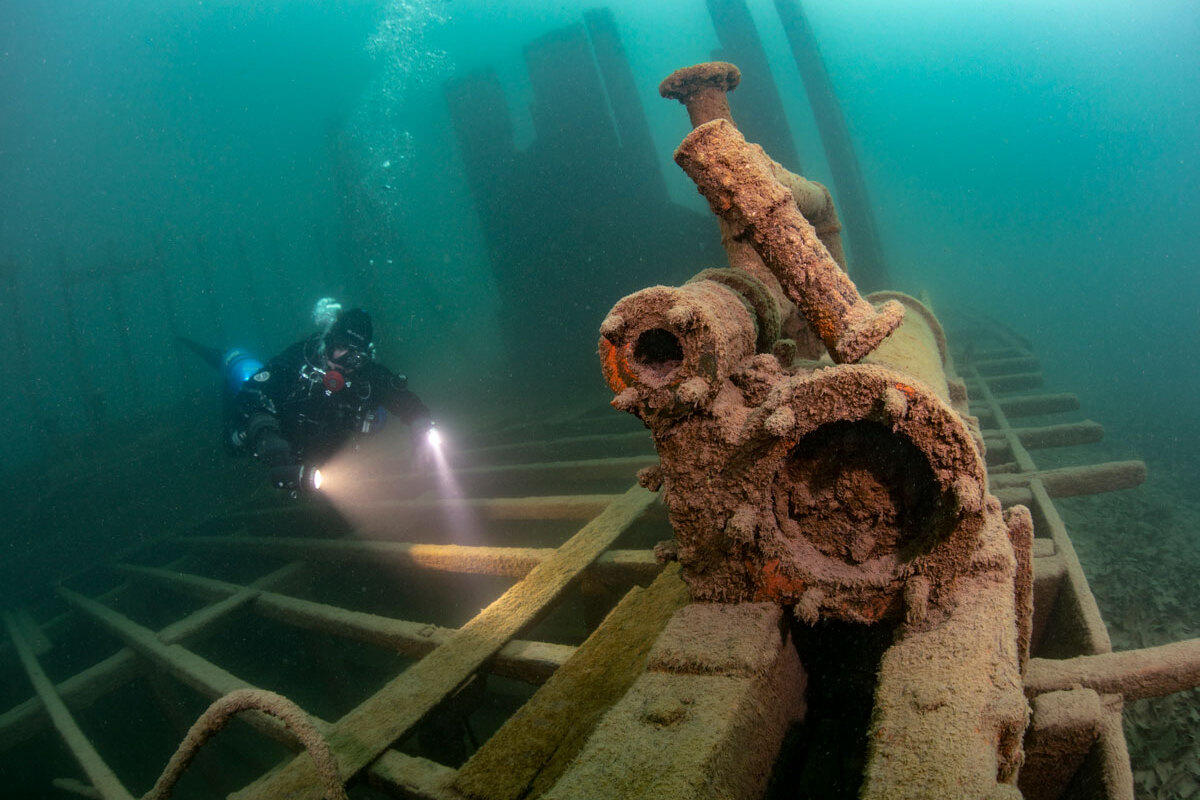
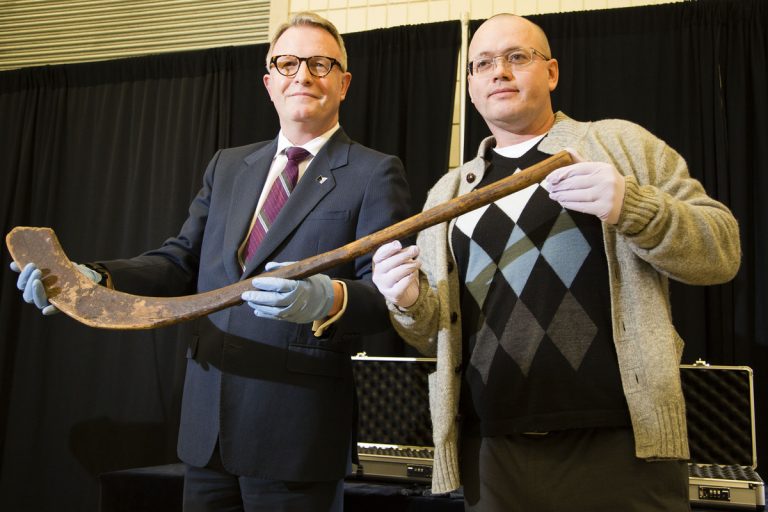
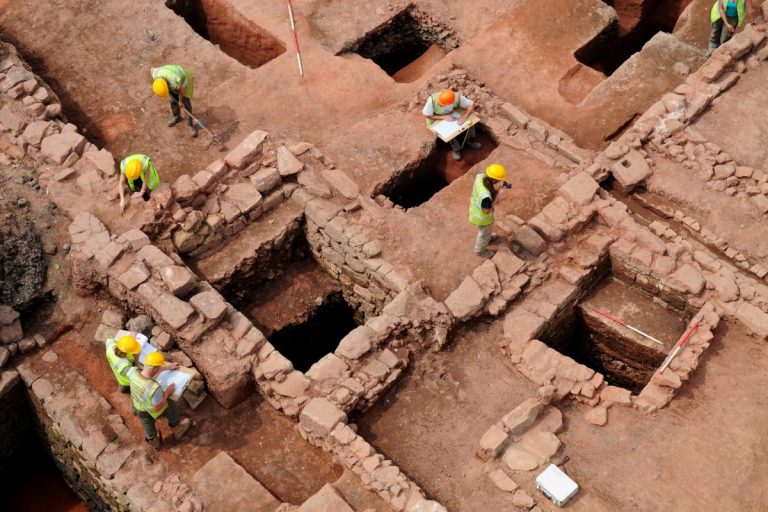
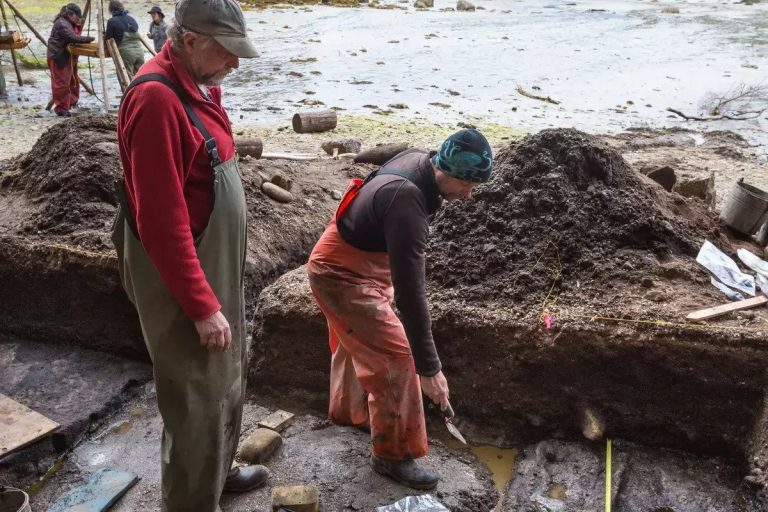


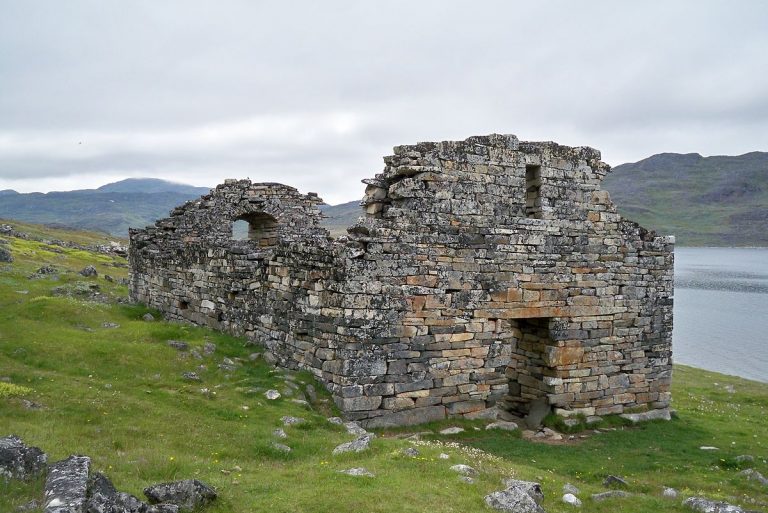
+ There are no comments
Add yours